Hi there! Long time no see. I've been a busy bee as usual, editing and writing, but sometimes I want to write things that aren't fictional, and I guess that's what a blog is for. I also just finish-finished a new book that I may or may not be querying (gasp!) when it's done being edited. So I guess this is a good time to write about what people have been asking for a while: My Writing Process. So here it is, in all its glory.
1. Idea Love
This is the first idea that comes to mind.
It could be something abstract like an image or word, but for me, it’s often
the first or last sentence of the book. Much like a reader falling in love with
a book, this is what draws me in and makes me want to learn more. Usually, the
initial idea happens when I’m finishing a completely different book and won’t
have time to go back to it for a while—sometimes YEARS.
2 The Simmering—or as I call it, The Cake Batter Stage
 |
| Yes, that is Tubby Custard, bitches. |
This is the time that through no fault of
my own always ends up happening. I have this idea I’m super excited about, yet
either because I’m already busy writing/editing a book or don’t think I’m ready
to write down this new idea, I have to let it sit there and cook. Amanda Palmer
calls it the embryonic stage. I call it the cake batter stage. No matter how
you refer to it, this is the time where your idea has time to mature and gain
strength before all the grueling processes that lay ahead.
3. ALL THE IDEA VOMIT
One idea leads to TONS of others for me.
They all relate to the same story, but unlike the original idea, these are more
solid—plot points, character traits, etc. I actually jot down some o this stuff
and save it for later. Oftentimes, I wake up late at night/early in the
morning/don’t sleep at all and when I look back at these notes, I barely understand
what I was trying to say.
4. Doing The Thing (Writing. A lot)
This is the stage where I write pretty much
every spare moment I have. All of this cake batter is ready to go in the oven
and I spend the better part of a month or two dribbling it all into paper
baking cups. Sometimes it works out and sometimes it doesn’t. The important
thing here is to be as messy as possible and allowing myself to write the worst
thing possible. NO DELTEING ALLOWED. That comes later.
5. Take A Break
 |
| I've watched Gilmore Girls from beginning to end three times. |
This is the first break I take during my
process. I find that when I stare at things too long, I end up questioning and
hating everything. It’s better to gain some distance, watch some Netflix, and
read
some books for a few weeks or so before even thinking about the piece
again.
6. Editing Round One
So I’ve watched all of Goosebumps and
Gilmore Girls on Netflix. I’ve read lots of Neil Gaiman and have gotten over
how I will never be as awesome as him, and now I’m ready to look at the book
again. I go through, taking notes and trying to make it the best as I can. I
may not know some things like names of characters or places, so I either put in
a blank (___) or write out what I want (PUT NAME OF PLACE HERE, YOU FOOL). It’s
still sloppy at this point, but the cake is starting to taste good (have you
had enough of this analogy yet?).
7. Workshop
I’m so lucky to have the best group of
workshopping partners in the world. I send them chunks of my book in sections,
they suggest how I should make it better, and I have a bunch of ner perspective
on all the stuff I wrote!
8. Editing Round Two
This is the second round. Ding Ding Ding!
During this part, I take all the notes and suggestions from my workshop buddies
and go through and edit the manuscript again. Pretty self explanatory.
9. Hate The Book
There is no exact time where I reach this
stage, but it always comes somewhere between the first and last edit. I start
to hate every line, all the characters, and I start asking myself who I think I
am, writing a book like some type of writer or some shit. This is where I start
procrastinating and everything in my house is miraculously clean and organized.
I may also pick up new hobbies like baking or scrapbooking to avoid the
manuscript. I wish I was kidding.
10. Print The Book
I love Word’s comments and track changes
tool, but for me, there is nothing like editing my own work on paper. I’m
better able to see what I’m doing, can write myself detailed notes in the
margins, and I can flip back and forth more easily. I don’t do any of this
however until I first…
11. Take Another Break
That’s right. It might seem a little
excessive, but I need that second break between second and third edits. I need
to get out of my own head and DO things for at least a month before looking at
it again.
12. Send To People
This is where during my time of
binge-watching The X-files and reading everything I put off while I was writing,
my first writer-friend takes a look at my work. I’ll also send it to my editor
during this time so when I get the notes and suggestions back from both of
them, I can flip through my own notes and compare them. Essentially, when I go
in for the next round of edits, I have at least three peoples’ opinions to work
with.
13. Breathe
This is where I’m slowly coming out of my
hating the manuscript stage and heading back into love, but I don’t dive head
first. There are strangers reading it and it is no longer just mine. It can be
a little nerve wracking and this is probably the stage (except #16) that makes
me the most nervous. It’s important to take a step back and realize that I’m
doing it. This is happening and it’s going to be okay.
14. Fall In Love Again
I get my notes back and I have finished my
first critical read through of the book. I see what works and what doesn’t, and
finally, the pieces are all starting to fit together and look like an actual
novel with a point. I fall back in love with the characters and their story.
I’m renewed and ready for phase 15.
15. Editing Round Three
That’s right. It’s round three. I get rid
of anything that looks like poop and make sure things make sense. Usually, the
only thing left after this are very small and are often caught by…
16. Beta Readers
This is different than my workshop buddies, writer friends, and editor reading the book because these are readers, first and foremost. This is the audience that represents who will be buying my book and most of the time, their opinion means the most because it’s kind of like a test run with a crash dummy in the seat (sorry for yet another awful analogy. It’s late). If the airbag needs to deploy, it’s not on someone who paid five dollars for the book and will get angry and write a bad review when they find the slightest mistake. Beta readers are super important because they’re honest about the overall story and plot, and they’re the last gatekeeper you need to pass before you’re seeing that light at the end of the tunnel.
This is the final read through. This is the
final countdown. I’m getting ready for promotion, the cover, and release and
now I have the opinions of test readers. Usually this last one goes by fast
because there are a few easy things to fix and then I’m done. I can see it
being a book and other people eventually reading it. I also send out review
copies or ARCs to reviewers and readers once this is done, which is super
exciting and nerve wracking.
I let all the review copies be read, format
the book, and upload it for preorder. This is the time where I’m at the top of
the roller coaster and waiting for it to drop. It’s hard to not be stressed out,
but it’s also hard to not be happy.
The book comes out and hopefully readers like
it as much as I do in the end. Then I’m on to the next book, starting the
process all over again.
Thanks for reading. If there are any topics you'd like me to write about in the future, leave a comment below or join the facebook group and post something!
-Nikki
-Nikki


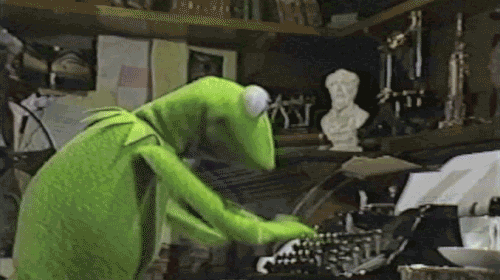



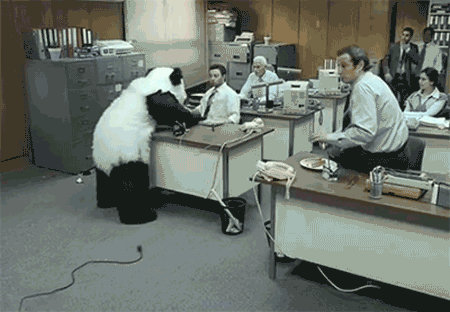
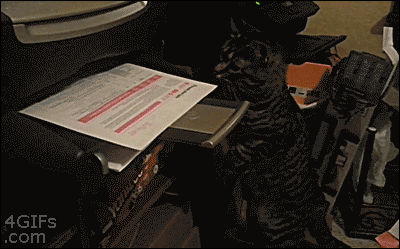

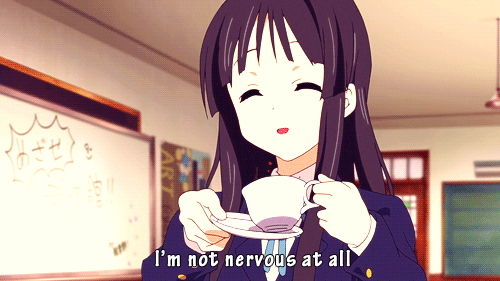

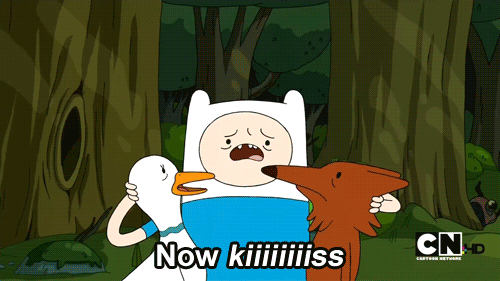
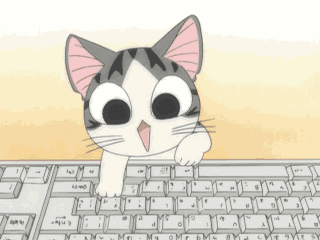
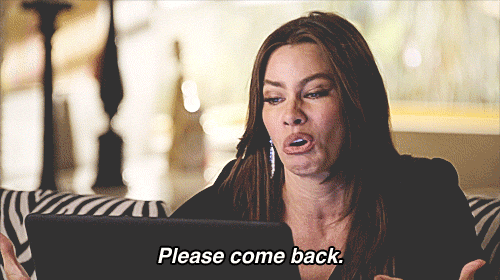

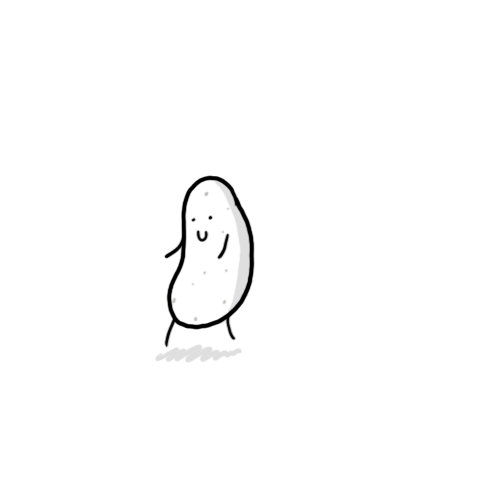

Yay! You RITE!! Now, lemme provide for you, freeOcharge, some crisp, deliciously ripe nirvana. Follow us...
ReplyDelete